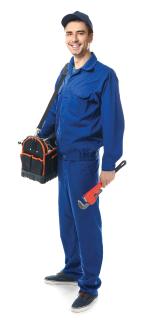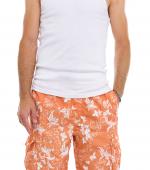CHICAGO — While there are certain universal elements that all drycleaning businesses have, successful cleaners know to pay attention to the specific needs of their customers and the realities of the geographic zones they serve.
In Part 1 of this series, we examined the role the physical climate in your area plays in determining what type of equipment your business will need, and today we’ll look at the second element we’ll explore: the needs of your customers.
Who are Your Customers?
Knowing your customers and understanding their needs is crucial in understanding what you’ll need in your plant, says Vic Williams, Eastern sales manager of equipment manufacturer Union Dry Cleaning and the owner of Impressive Cleaners and Formal Wear in McDonough, Georgia.
“There are just different types of clothing in different parts of the country,” he says. “In South Florida, you’re going to be dealing with summer clothes more often than you are in Maine, where you’ll have thicker garments. Same thing in Seattle versus San Diego.”
This becomes a factor when it comes to machine capacity.
“If you’ve got an 80-pound drycleaning machine, 80 pounds of shorts and 80 pounds of coats have a very different volume,” Williams says. “We have marks in the drum for the maximum level of garments, but you can’t put that many coats in because you’re not going to have any airflow in the drum.”
This can factor into what kind of machine, or how many machines, make sense for the plant.
“In Florida, you might be able to get by with a 40-pound machine, but if you’re cleaning bulkier clothing, that’s not going to cut it,” Williams says. “You may have to increase the size of your machine or get numerous machines, depending on what you’re actually cleaning.”
New technology allows drycleaning machines to take the requirements of various garments into account, Williams says, but there are limits.
“Most machines have an automatic dry control that will dry the garments depending on the amount of solvent coming out of them,” he says. “So, the thicker the garment, the longer the drying, and the thinner the garment, the quicker. The machine should adjust to that, but if you’re in a really cold climate, and you have big, thick garments, you might have to run a re-drying cycle sometimes. You also don’t want to overload the machine, because that throws off the calibration and the dry control sensor doesn’t work properly at all.”
The activities of the consumer also come into play when cleaning their garments, says Christopher White, executive director of industry consulting and plant design firm America’s Best Cleaners (ABC).
“When you’re in high-moisture areas, like the South when it’s hot, your garments are coming in from your customers with a lot more perspiration on them,” he says. “So, being able to properly use and understand the advantages of professional wet cleaning in those regions to help break down that staining will be more effective and provide more consistent, clean garments with less labor involved.”
There are also discussions counter staff can have with customers to help them make decisions.
“For the question, ‘How often should I clean a suit?’ the answer is that it is relative to where they live and how often they wear it,” White says. “If an attorney in Louisiana wears a suit once a week in the summer, that suit is going to need to be cleaned more often than an attorney in Boston during the same period, where it’s not as humid.”
Come back Thursday for the conclusion of this series, where we’ll examine how the demographics of your area will dictate the needs of your business. For Part 1 of this series, click HERE.
Have a question or comment? E-mail our editor Dave Davis at [email protected].



























